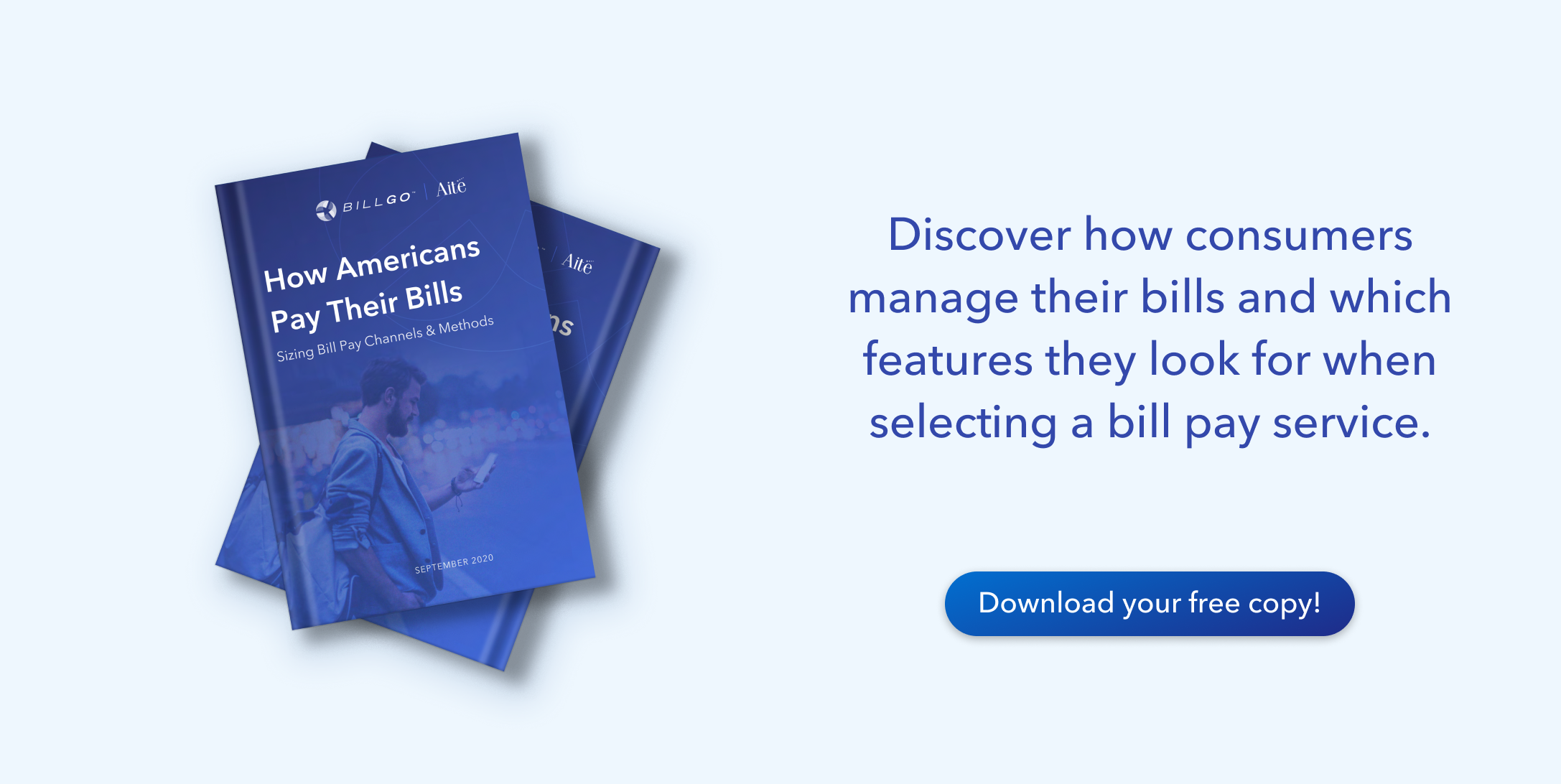It wasn't that long ago that payments were treated as little more than a cost center for financial institutions (FIs). But that viewpoint has evolved. Today, offering dynamic payment options is recognized as an opportunity to solidify customer relationships.
That’s because FIs can no longer rest easy, confident their customers will remain loyal to any one single “primary financial institution." Those days are long gone, says Mike Cook, leader of Global Payments for IBM.
“[Not] only do consumers have more than one transaction account, but the foundation for the consumer relationship ... may be more centered around the payments function,” says Cook. “In some cases, this payment provider may not even be on the normal list of payment providers. Starbucks is an example. That’s a payment app, and they’re holding a lot of deposits.”
That’s right: Not only do today’s FI executives have to compete with the FIs up the street, they must also compete with the barista down the block.
Trend #1: Embedding Payments to Remove Friction
And embedding payments into other business processes is a trend that is here to stay.

Examples of this go well beyond coffee shops. Consider Uber. It isn’t just an innovative way to arrange a ride; the entire Uber experience is made easier because - when it comes time to pay the driver - the transaction is built in the app.
This is a tremendous shift from the era when businesses might “bolt on” a payments function after the fact. Now, it’s becoming commonplace for payments to be “baked in” the process, says Jordan McKee, of 451 Research.
Increasingly, he says, large vertical software-as-a-service (SaaS) providers are capturing market share and becoming operating systems for the businesses they serve by including the ability to process payments - meaning payments are less about hardware terminals and point-of-sale systems and more about mediated and distributed software.
“As more [small and medium-sized businesses] turn to software to run their businesses, selling payment processing directly will no longer be the layup it once was for financial institutions and their processing partners. Software is the payment distribution model of the future,” says McKee.
Embedding payments and aggregating them into large SaaS businesses is also changing the economics of payment processing: fewer high-volume payment sources means more downward pricing pressure.
Trend #2: The Era of Payments-as-a-Service (PaaS)
A recent McKinsey article confirmed another inescapable trend: contactless payment methods (Apple Pay, Google Pay and QR codes) are overtaking retail transactions.
According to McKinsey, payments modernization efforts have been focused on upgrading three elements of the existing payments system:
- Back-end infrastructure (e.g., data, switching, system of record, tokenization)
- Middleware ecosystem (e.g., routing, analytics, risk, authorization, instruments)
- Front-end channels (e.g., customer experience/user interface, distributed point-of-sale solutions, financial wellness)
These upgrades set the stage for an era in which financial functions are delivered as a service (through APIs, for instance):
“Ultimately, we expect a fully-automated and optimized ‘payments as a service’ (PaaS) future state, in which payment functions such as on-demand tokenization, routing, and stand-ins are codified as separate functions, assembled and extended in Lego-like fashion to offer superior customer and cardholder experience,” says McKinsey.
A main implication of this trend: it will simplify the integration of payment functionality into all kinds of business processes.
Trend #3: Defend, Augment and Partner
Like many things now in play, this third trend is tied to the accelerating digital disruption brought on by COVID-19. The pandemic has driven an appetite for new alternatives and better user experiences, according to Accenture’s Rapid Digital Payments Disruption in Banking.
“The continued displacement of cash and checks over the next three years,” says Accenture, “helped along by customers’ adoption of digital shopping and their desire to avoid contact with physical infrastructure and objects, will create even more opportunities for disruption in payments.”
Accenture’s findings are presented in the form of a “Disruptibility Index” based on criteria, such as the presence of market disruptors, the performance of incumbents, customer readiness and regulation. Based on the Index, the U.S. market is highly-primed for payments disruption - specifically concerning three innovation strategies FIs must consider:
- Defend and scale in markets where margins are low and barriers to entry are high
- Augment core products by innovating the customer experience
- Partner with fintechs to upgrade core offerings with innovative products
This challenges the classic “buy or build” question about innovation by suggesting the appropriate answer now may be “do both” - employ a buy and build strategy, depending on the market and product.
Consumers Bill Pay Trends
With trends such as these reshaping the industry, BillGO saw the need to complete a comprehensive study to determine what exactly consumers are looking for in bill payment automation.
The resulting 100-page study, How Americans Pay Their Bills, revealed 76 percent of Americans use third-party biller sites when paying their bills online. Only 22 percent of respondents said they use their bill pay technology their FIs offer.
Why?
Biller sites, according to most respondents, generally offer more payment choices and better payment experiences compared to those found on FI-centric bill pay platforms. Maybe, says the study's co-author, David Albertazzi, of Aite Group, but that does not mean biller sites are perfect.
“Friction within the biller-direct model includes remembering unique login credentials for each biller or opening up potential security issues as a result of entering bank account numbers or card details on multiple sites.”
Want to know more? Download an exclusive copy of How Americans Pay Their Bills study now and learn ...
- How and when consumers pay their bills
- Which bills get prioritized and which are put on the back burner
- What consumers are looking for in bill pay technology
- Bill pay patterns broken out by Boomers, Millennials, Gen X and Gen Y
- How COVID-19 has impacted the way consumers manage their money
Download your full report:


